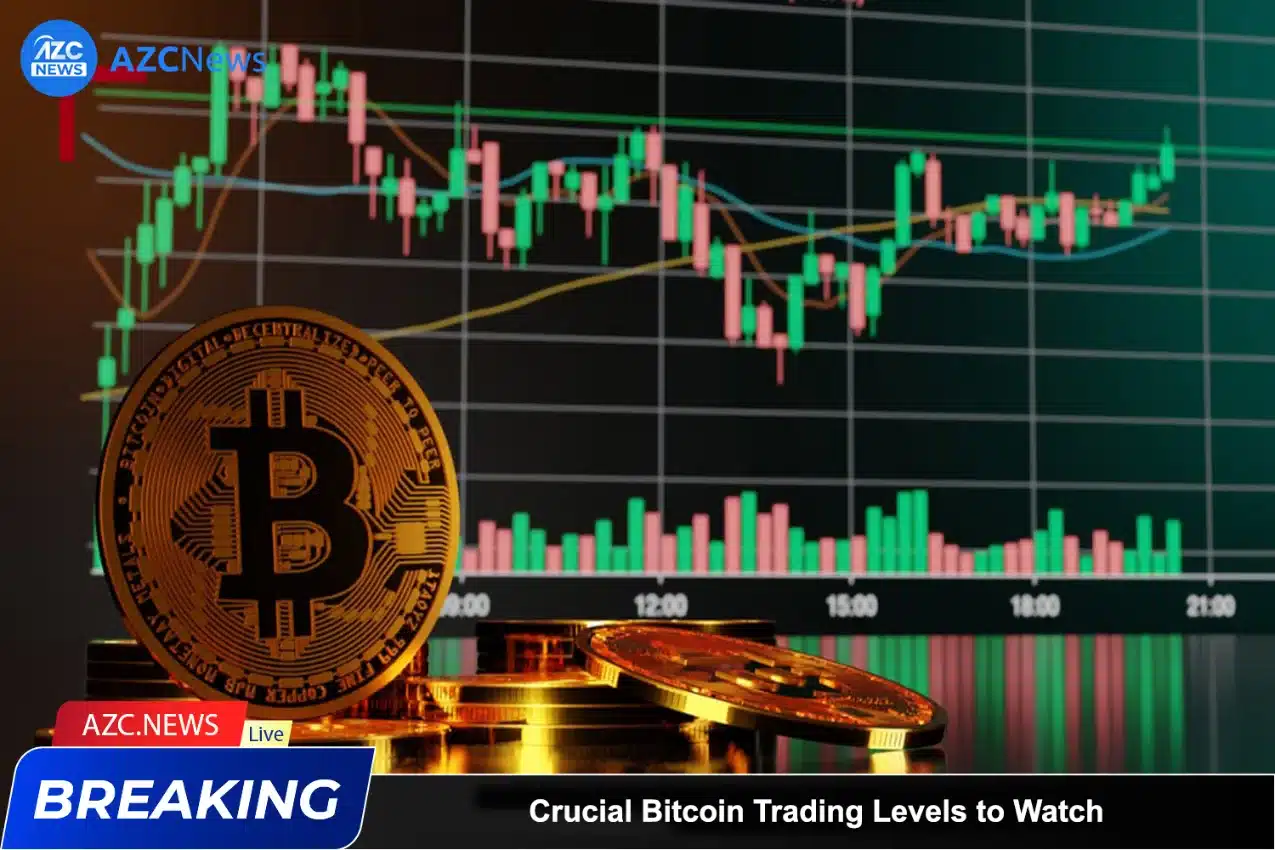Bitcoin (BTC), the leading cryptocurrency, has recently consolidated around the $51,000 mark, exhibiting a period of sideways movement. Despite reaching $52,000 by the end of January, BTC witnessed its first negative weekly close in approximately four weeks and is presently trading at around $51,500, maintaining a market value of $1.011 trillion. Although there were expectations of a potential rally leading up to Bitcoin’s block reward halving event in March, JPMorgan analysts have suggested that the halving may already be factored into the current prices.
Renowned crypto analyst Ali Martinez highlights that BTC is currently navigating within two crucial supply zones, pivotal in determining its short-term trajectory. The initial significant support zone lies between $50,000 and $51,570, encompassing approximately 1.3 million wallet addresses holding 670,220 BTC.
Conversely, the second zone, acting as a formidable resistance area, ranges from $51,640 to $53,200, with 752,600 wallet addresses collectively securing 351,600 BTC. Martinez also points out that, based on Coinglass data, a surge to $52,250 could trigger a substantial liquidation amounting to $76.38 million.
The analyst proposed that a definitive breakthrough above the resistance zone could pave the way for an ascent towards $57,130. However, a cautionary note was sounded, emphasizing that a failure to maintain levels above the support zone might trigger a correction down to $47,700.
While current sentiments are optimistic, some market analysts express reservations, advising caution in the short term. Notably, seasoned analyst Michael van de Poppe anticipates the ongoing rally to culminate between $54,000 and $58,000, followed by a substantial correction within the $40,000 to $42,000 range post the block reward halving.
Related: Senator Lummis Paves the Way for Bitcoin Mining Growth in the U.S
In addition, there are apprehensions among market analysts regarding a potential significant correction on Wall Street this year. Bitcoin maximalist Max Keiser recently drew parallels to the 1987 correction, asserting his belief that Bitcoin would function as a safe-haven asset during such market downturns.






